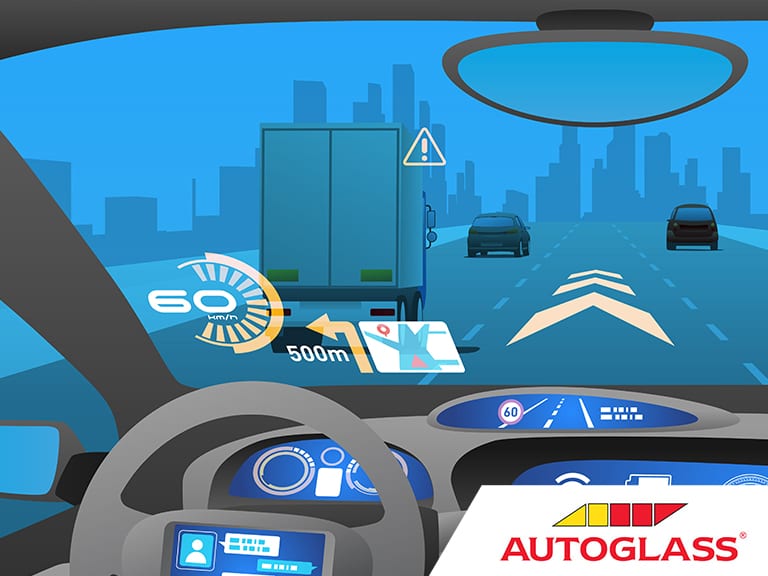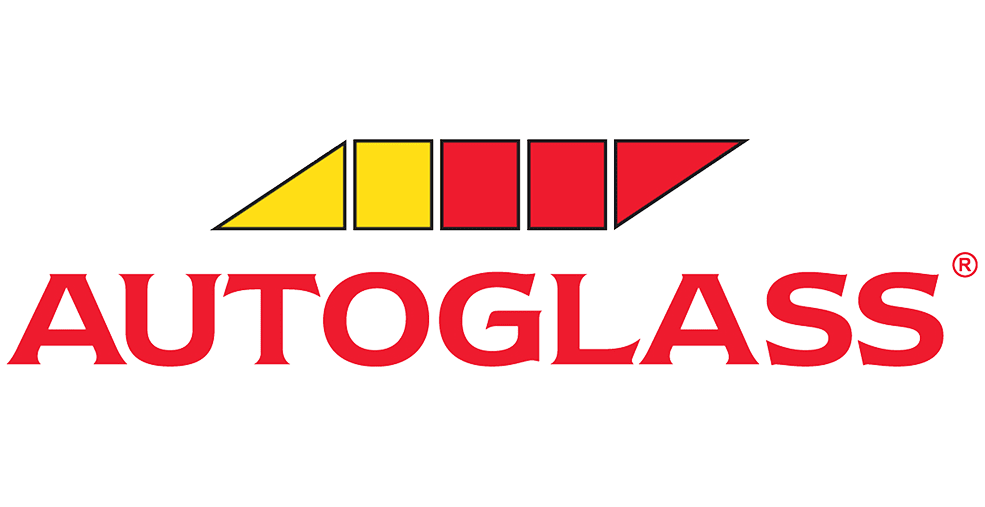
The Future of Windscreen Technology
It seems like with each passing year the automotive technology sector advances at an unprecedented rate. From driver-less cars to augmented reality and heads-up displays – the nature of driving as we know it is poised to experience some major changes in the near future. Of late, ADAS (Advanced Driver Assistance Systems) in your windscreen has become a major area of concentration for the automotive boffins striving to bring the driving experience into the 21st century.
Your windscreen and car glass is our passion here at Autoglass®, so – this week let’s give over some time to consider some of the high-tech advances that may soon be appearing in your windscreen.
Windscreen technology on the horizon
Gorilla Glass:
As the automotive industry engages in massive amounts of research and development with a view towards modernising windscreen technology – they have taken to drawing inspiration from other branches of the tech sector. Fittingly, you may be familiar with the latest development in windshield technology, as it’s already being employed in your smartphone. Gorilla Glass – the same innovative glass that is used to ensure smartphone screens are lightweight, clear and durable – is fast becoming one of the major talking points in the windscreen technology discussion. So, what exactly is Gorilla Glass? Allow us to explain…
From smartphones to tablets and even watches – believe it or not, there are already approximately 4.5 billion devices worldwide that utilise Gorilla Glass. Due to it’s proven success, this chemically treated glass is beginning to be employed by car manufactures to ensure their windshields enjoy the same benefits of durability, lightness and clarity that have become commonplace across other industries.
Ok, here’s the science part! Gorilla Glass is created through an innovative process of dipping your windscreen in molten salt. This process prompts a chemical reaction where the sodium ions on the windscreen’s surface are replaced with potassium ions. The treated glass then becomes a middle layer, sandwiched between two layers of treated glass. This middle layer is less than a millimetre thick and can be as much as 75% lighter than its untreated counterpart. With the assistance of this groundbreaking windscreen technology – your car glass stands to be tougher, thinner and lighter than ever before.
This increased durability stands to greatly reduce your windscreen’s susceptibility to damage from loose, airborne debris. Also, the reduced weight associated with this technology, means a lighter car overall and a reduction in fuel consumption. But the potential benefits don’t end there. Some predict that these innovations in car glass are the first step in irrevocably changing the role of windscreens in motoring as a whole. In fact, Gorilla Glass stands to play a crucial role in the development and implementation of integrated, interactive heads-up displays and navigation technologies in windscreens. Due to the enhanced clarity and touchscreen capabilities associated with Gorilla Glass; it seems almost a certainty that, in the coming years, motorists will be faced with windscreens more akin to smartphones and tablets.
Autonomous Cars: The Future of Driverless Technology >>
Augmented Reality Windscreen
Windscreen ADAS incorporating Augmented Reality seems the logical endpoint for the continued research into new windshield technologies. Augmented Reality ADAS would project virtual objects and graphics onto your windscreen to overlay them onto the real world. Some tech firms are even close to bringing to market smaller, aftermarket projection units that can be fitted to almost any car. With the help of these small units, crucial information – like realtime SatNav instructions – can be beamed directly onto your windscreen. Soon, your windscreen will be able to highlight road names, speed limits, traffic congestion warnings, local amenities and lots more. Interestingly, the Augmented Reality elements employed in these windshields can be made visible to both driver and passengers depending on the manufacturer’s specifications.
Another advancement in windshield technology involves the fitting of a driver facing camera. This camera will track the movement of the driver’s eyes and should have broader applications than simply providing GPS information. Potentially, with the assistance of this technology, drivers will be able to look at different points on their windscreen in order to control their stereo or air conditioning, for example. Versions of these technologies are already in operation – it’s simply a matter of taking things to the next level, fully realising their potential and rolling them out on a wider scale. The only major concern being discerning the point at which more information on your windscreen only serves to be a distraction to the driver. This is a delicate balancing act that the automotive manufacturing industry is sure to wrestle with in the coming years.
What is ADAS Windscreen Calibration? >>
Wiperless Windshield:
Here in Ireland, we know better than most the strain each winter puts on our windscreen wipers. So, the idea of a wiperless windshield is undoubtedly an enticing prospect for many. Over the last decade, several high-end car companies have been working on ways to eliminate windshield wipers entirely.
Super Car manufacturer MacLaren believe they have discovered the perfect solution for removing windscreen wipers from the equation. Borrowing technology developed for fighter jets, Maclaren have been using ultra sonic sound to repel rain. An ultrasonic field, produced by a transducer mounted in the corner of the windscreen, produces a force field of sorts and a barrier for rain, moisture and debris. This technology is still in the research and development phase, but given the pace at which the automotive industry moves, it would not be inconceivable to see wiper less windscreens on Irish roads in the very near future.
We hope you enjoyed this article, please check back with the Autoglass® Blog soon for more great content. Safe Driving!
Book an appointment now
For a quick and easy way to make an appointment book online now.
